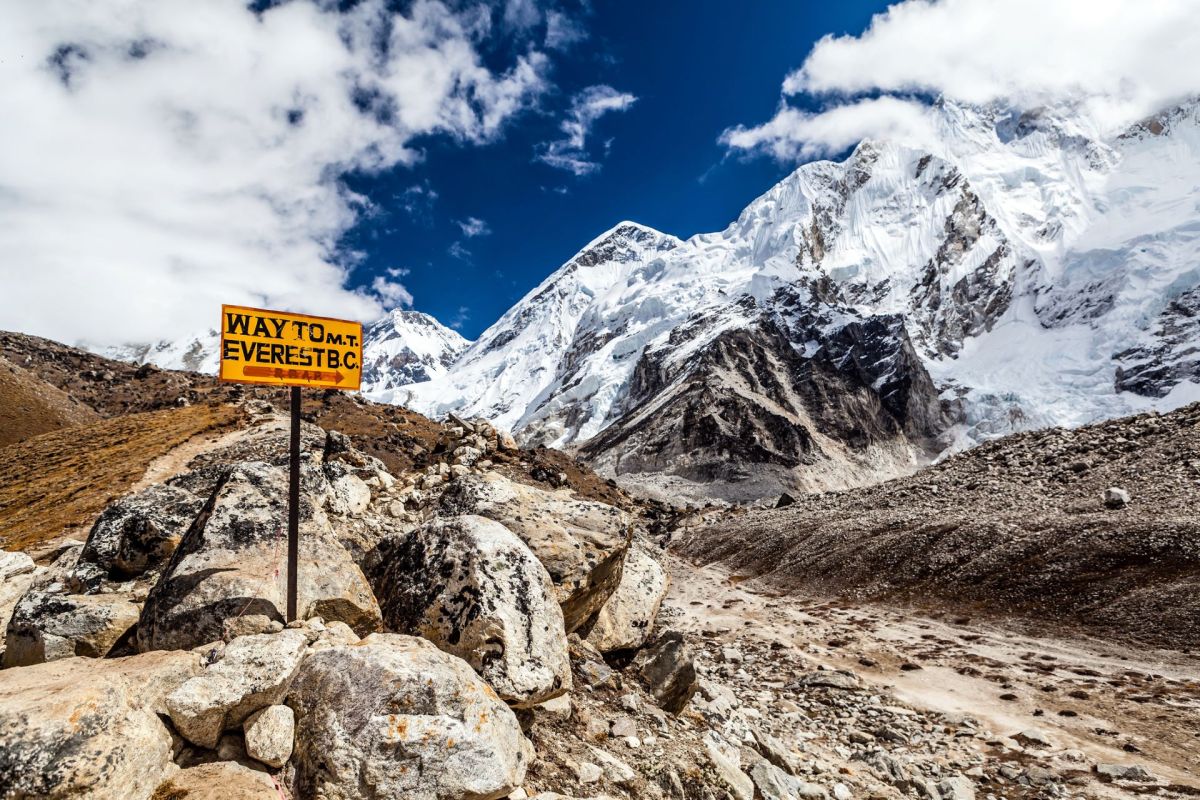When New Zealander Edmund Hillary and Sherpa Tenzing Norgay reached the summit of Mount Everest in 1953, their climb was a unique achievement. But today, hundreds of amateur climbers pay a premium each year to have local mountaineers help them to the top, Phys.org reports.
These expeditions are dangerous for all involved and damage the mountain itself, which is why some are calling for limitations on who can travel up the world's highest peaks.
What's happening?
Commercial expeditions on Everest began in 1992, Phys.org reports. The first expedition was made up of 65 customers and 22 Sherpas — so three paying climbers for each local professional.
Today, Phys.org says that expeditions have two or three Sherpas acting as support staff for each paying client. They carry the clients' gear, cook them food, and remove much of the challenge so less skilled mountaineers can make the climb. Phys.org reports that a record 1,000 or more climbers would reach the summit in 2023.
However, the trip is still dangerous. National Geographic reports that multiple people die each year from exposure, exhaustion, and altitude sickness. Plus, devastating avalanches killed 40 people in 2014 and 2015.
Meanwhile, each trip up Mount Everest damages it a little more, as National Geographic illustrates. Climbers leave behind trash and gear, including food containers, damaged tents, and empty oxygen tanks on the once-pristine slopes.
Why does it matter?
As Phys.org points out, modern climbing expeditions complete with baggage service and heated tents give less experienced mountaineers a mistaken impression that the trip is safe. These amateur climbers put themselves, their companions, and their guides at risk, with frequently deadly consequences.
All of this — the deaths of visitors and locals, and the trash littering one of Earth's most incredible landmarks — happens in the name of tourists' thrill-seeking and bragging rights.
What's being done about this dangerous form of tourism?
Phys.org reports that experienced mountaineers are calling for new regulations and better training to address the issue. Minimum skill requirements would make everyone on the mountain safer, and environmental regulations would help preserve the natural beauty of the environment.
Join our free newsletter for cool news and cool tips that make it easy to help yourself while helping the planet.









